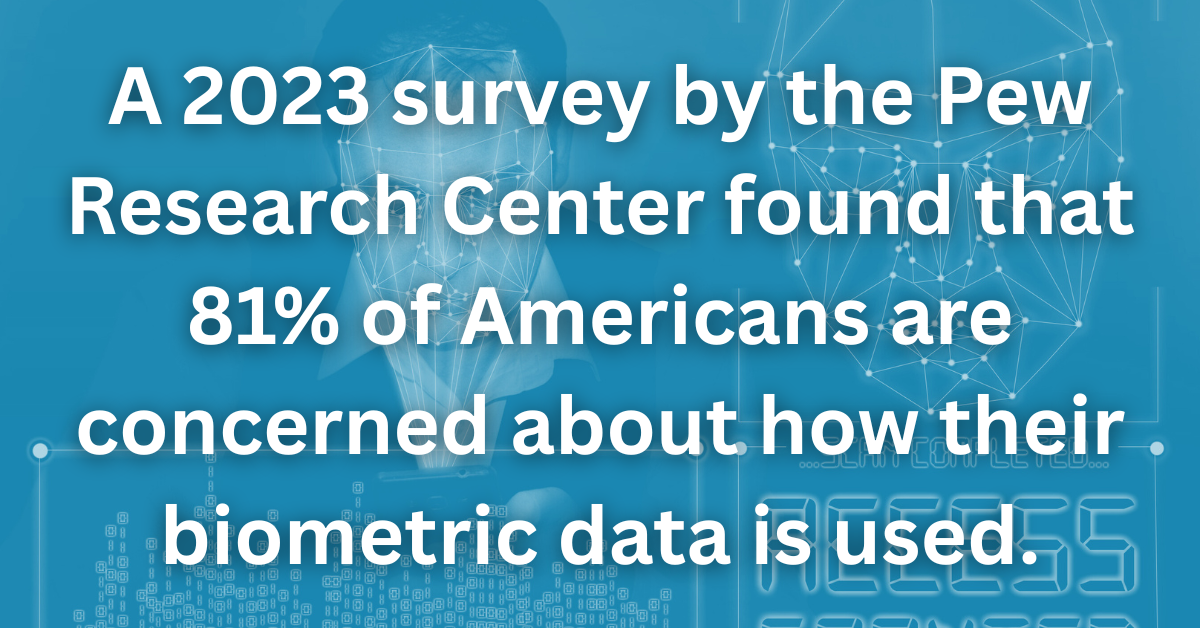Categories
In today’s technology-driven world, fostering meaningful customer engagement with biometrics is essential for creating seamless, secure, and trusted interactions in public spaces like airports, cultural venues, or civic facilities. Biometric systems—encompassing fingerprint, facial, and palm vein recognition—offer powerful tools to enhance access, tailor services, and strengthen security.
Whether facilitating rapid entry at a concert hall, verifying identities at a border crossing, or simplifying check-ins at a community hub, biometrics can transform how organizations connect with users.

Despite their potential, biometrics face resistance that can hinder customer engagement with biometrics in public environments. Understanding these barriers is critical to designing effective adoption strategies. Below are the primary reasons for hesitancy.
Fear of data misuse looms large, with users worried about how their biometric data—such as facial images or vein patterns—is collected, stored, or potentially exposed in breaches. In high-traffic public spaces, the perception of mass data collection amplifies these concerns, necessitating robust privacy measures to foster trust.
Ethical issues, including lack of clear consent and fears of pervasive surveillance, deter adoption. Public settings often feel intrusive, as users may perceive biometric scans as non-optional, raising concerns about personal autonomy and societal implications that demand careful ethical navigation.
Usability challenges, such as scan failures due to poor lighting, wet hands, or physical conditions like worn fingerprints, frustrate users. These technical hiccups, common in dynamic public spaces, underscore the need for intuitive design and reliable hardware to ensure smooth interactions.

Cultural perspectives shape resistance, with some communities viewing biometrics as invasive or associating them with dystopian scenarios portrayed in media. These diverse attitudes require tailored approaches to align biometric use with local values and expectations.
Insufficient knowledge about biometric security—such as encryption or data anonymization—fuels doubt. Many users remain unaware of safeguards, highlighting the need for clear, accessible education to bridge this gap and boost confidence in public biometric systems.
Leveraging biometrics offers significant advantages for enhancing customer engagement with biometrics in public settings. These benefits demonstrate the technology’s potential to elevate user experiences and operational efficiency.
Biometrics deliver robust security through unique identifiers that are difficult to forge, reducing risks like ticket fraud at event venues or unauthorized access at transit hubs. This reliability builds user confidence, strengthening engagement.
By automating processes, biometrics slash wait times, enabling swift check-ins at libraries or expedited security checks at airports. These time savings enhance user satisfaction and optimize operations in busy public environments.
Biometrics enable tailored experiences, such as recommending personalized event schedules at cultural centers or recalling transit preferences at train stations. This individualization fosters deeper connections, driving repeat engagement.
Contactless biometric systems, like facial or palm vein recognition, promote hygiene in shared spaces, appealing to health-conscious users. This feature aligns with public health priorities, making biometrics ideal for high-traffic areas.
Simplifying processes with biometrics can significantly boost customer engagement with biometrics by minimizing delays and enhancing convenience in public settings. Replacing manual checks with biometric scans reduces errors and speeds up interactions.
Deploy biometric scanners at transit hubs to offer fast-track lanes for enrolled users, cutting wait times and improving traffic flow.
Use facial recognition at concert venues to replace physical tickets, enabling rapid access and easing staff demands.
Integrate fingerprint scanners with mobile apps for seamless library book check-outs, allowing users to access services effortlessly.
Note: Conduct site surveys to optimize scanner placement, test systems during high-traffic scenarios, and provide clear instructional signage to ensure a seamless experience that encourages ongoing customer engagement with biometrics.
Personalization through biometrics creates tailored interactions, strengthening customer engagement with biometrics by making users feel valued. Recognizing individuals enables customized services that enhance satisfaction.
Use facial recognition at art galleries to greet returning visitors with tailored exhibit recommendations on interactive displays.
Implement palm vein recognition at civic centers to recall user preferences, such as workshop schedules, for a smoother experience.
Combine multimodal biometrics (e.g., fingerprint and facial) in transit systems to offer fare discounts based on travel patterns.
Note: Link biometric data to secure CRM systems, enforce stringent privacy protocols, and train staff to utilize personalization insights, fostering memorable interactions that drive customer engagement with biometrics.
Trust is essential for successful customer engagement with biometrics, particularly in public spaces where privacy fears are pronounced. Clear communication about data practices can alleviate concerns and encourage adoption.
Post visible notices at biometric checkpoints, detailing encryption methods and data retention policies, reassuring users at event venues or border crossings.
Organize workshops at libraries to explain biometric safeguards, dispelling myths and boosting user confidence in the technology.
Engage third-party auditors to review biometric systems annually, publishing findings to affirm security at transit stations.
Note: Develop user-friendly communication tools (e.g., FAQs, digital kiosks), schedule regular security audits, and involve community leaders in policy discussions to build trust and enhance customer engagement with biometrics.
Offering incentives can overcome initial reluctance, driving customer engagement with biometrics by creating positive associations with the technology in public settings. Rewards encourage users to embrace the system.
Provide loyalty points for biometric check-ins at cultural venues, redeemable for discounted tickets or exclusive access.
Offer free upgrades, like priority boarding, for users registering with facial recognition at airport terminals.
Grant early access to high-demand community resources, like event bookings, for users adopting fingerprint scanners.
Note: Design a user-friendly rewards system, promote it via targeted campaigns (e.g., email, on-site posters), and monitor participation rates to refine offerings, sustaining customer engagement with biometrics.
Collecting feedback ensures biometric systems evolve with user needs, maintaining long-term customer engagement with biometrics by addressing concerns and optimizing performance. Continuous input drives improvement.
Place QR codes at biometric stations in public venues for users to share feedback on scan speed and ease, gathering actionable insights.
Host quarterly focus groups with transit passengers to discuss experiences with palm vein systems, identifying areas for enhancement.
Embed feedback forms in community center apps to track satisfaction with fingerprint access, enabling data-driven refinements.
Note: Automate feedback collection with digital tools, analyze results bi-monthly with stakeholder teams, and implement changes (e.g., adjusting scanner angles) to align with user expectations, ensuring sustained customer engagement with biometrics.
Biometric technologies offer a powerful pathway to enhance customer engagement with biometrics in public settings, delivering streamlined processes, personalized experiences, trusted interactions, incentivized participation, and continuous improvement through feedback. By addressing hesitancy with education and transparency while capitalizing on benefits like security, efficiency, and hygiene, organizations can drive adoption and satisfaction. These five comprehensive strategies empower you to create secure, user-centric environments that foster lasting connections. As biometrics advance in 2025, embracing these approaches will position your organization as a leader in innovative, trust-driven customer engagement with biometrics, ensuring both operational excellence and user loyalty.